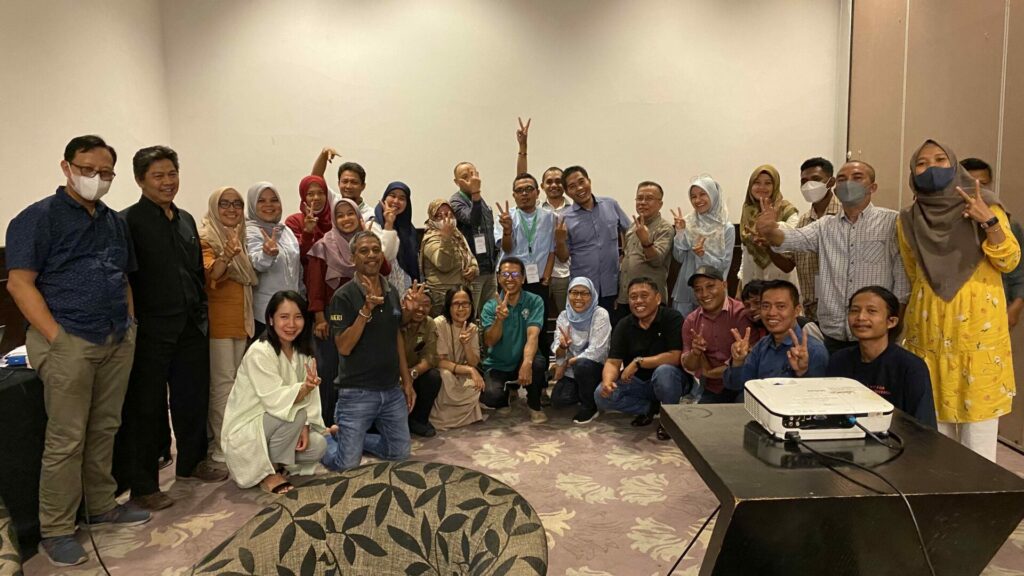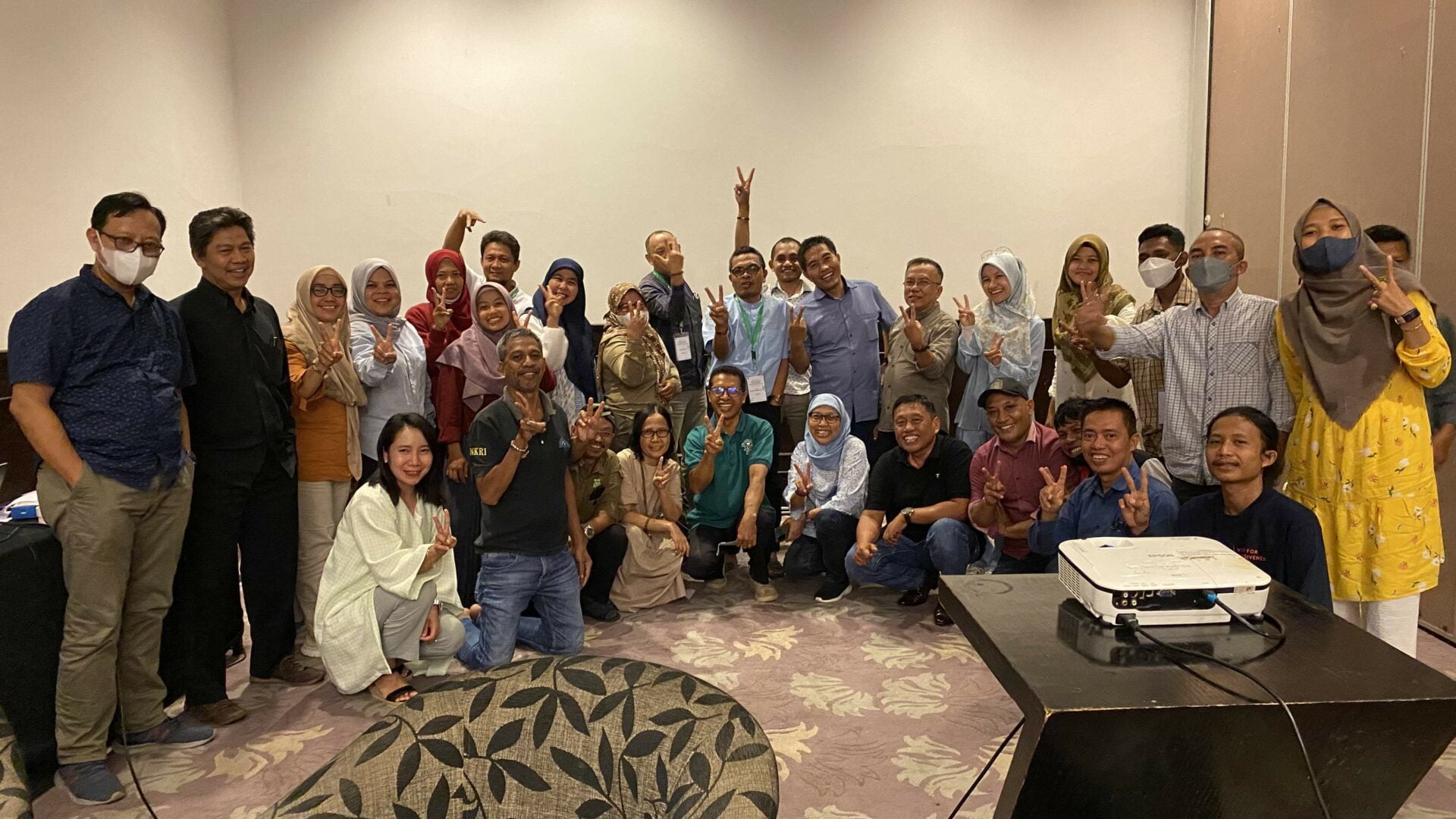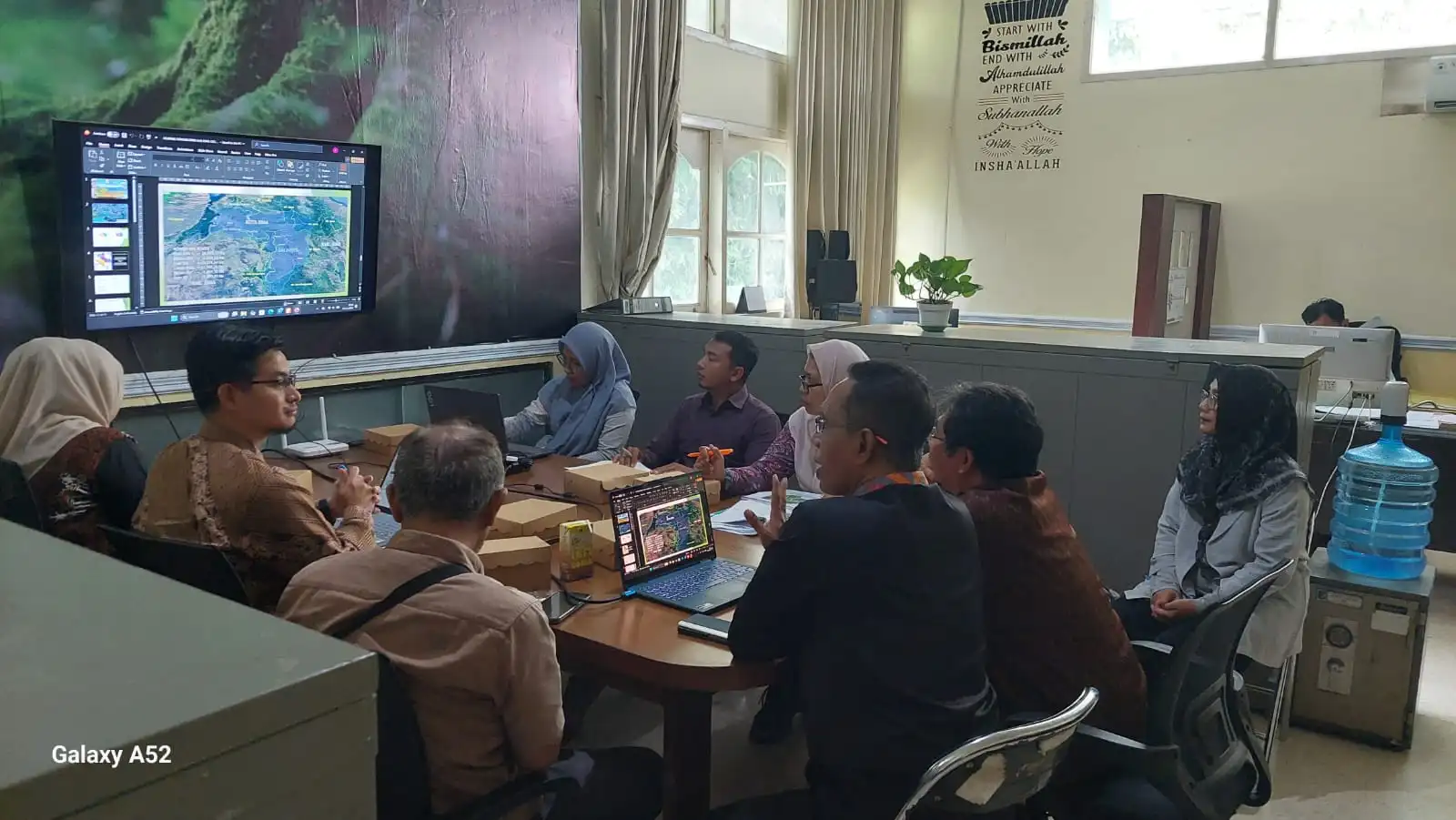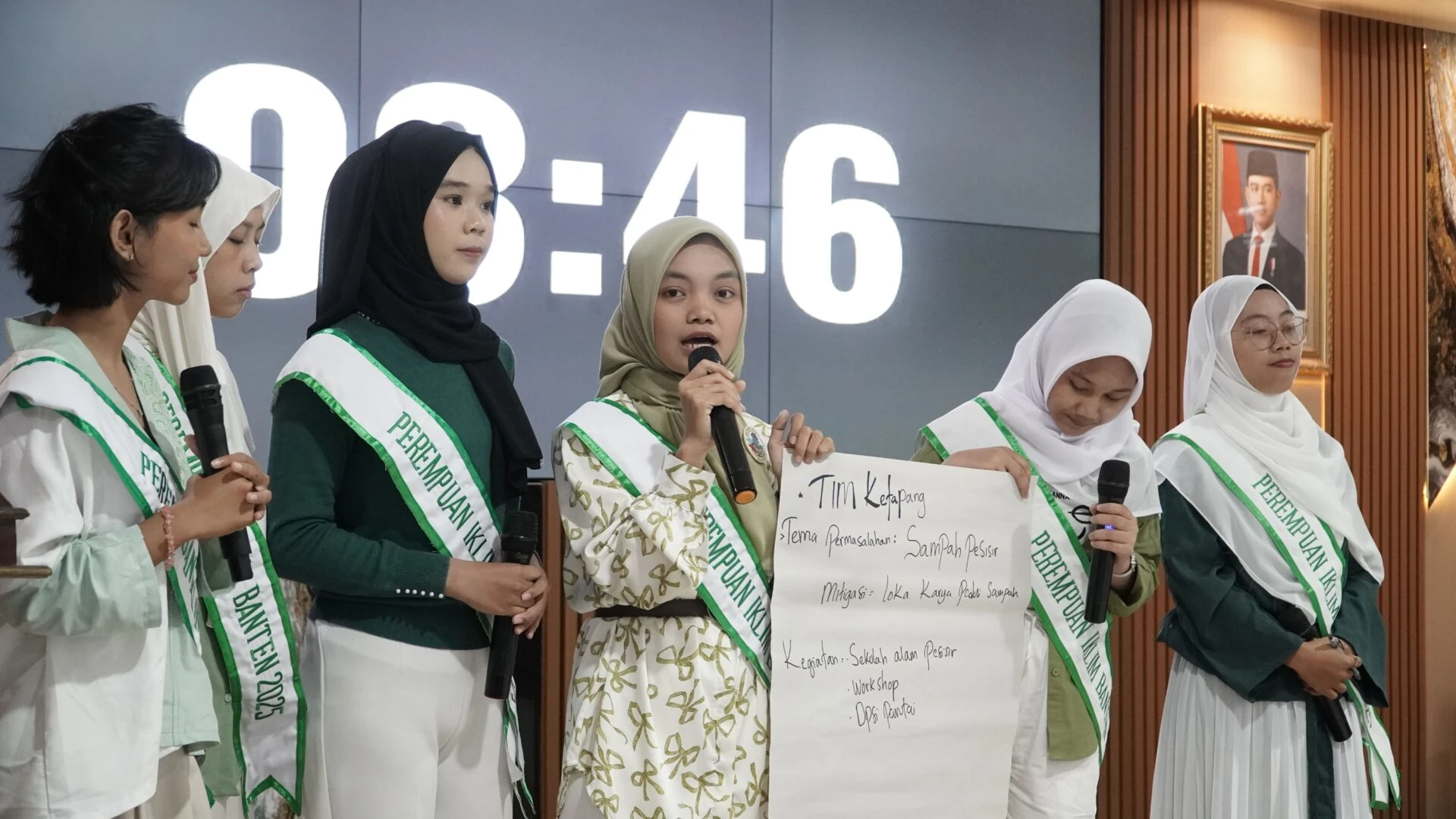
Communication and advocacy are interrelated. Successful advocacy is born from effective and targeted communication. Therefore, in carrying out advocacy work, civil society social groups need to have skills in developing communication and advocacy strategies so that they can voice the aspirations of the people in the areas they assist with effectively and in accordance with the expected goals.
Therefore, PATTIRO organizes Training of Trainers (ToT) for Communication Strategy and Inclusive Climate Resilience Policy Advocacy. It aims to improve the skills of a consortium of civil society groups that are members of the VICRA Program in advocating climate change policies and budgets with a Gender Equality and Social Inclusion (GESI) perspective. It is hoped that VICRA partners will be able to determine the advocacy and communication strategy to be used, formulate advocacy and communication materials in an attractive way, and implement effective advocacy and communication work steps. In addition, VICRA partners are also expected to be able to build climate resilience advocacy networks in their regions and encourage vulnerable groups to be actively involved in advocacy work.
These days building networks is key in doing advocacy. Dani Munggoro, a facilitator from Inspirit, said that networking is the answer to the chaotic conditions in the current system. He also added the importance of collaborating between networks in advocacy work because the system in our society is in an unstable, uncertain, complex and ambiguous condition.
In carrying out this advocacy, civil society groups need to manage communication by having a communication strategy. Communication for advocacy activities related to mass mobilization. Yuni Setyaningsih, VICRA Communication Advocacy and Monitoring-Evaluation Specialist, said that civil society groups need to have a communication strategy in order to have a good image so that they are better known among external organizations, such as the government, the general public, and donors. This can also foster trust from external parties of the organization.
In building an organizational image externally, civil society groups need media that can package their identity and disseminate their advocacy activities in society. The media can be in the form of journalistic media and social media which are managed independently by each organization. In publishing through journalistic media, Purwani Diyah Prabandari, Head of TEMPO.CO ENGLISH and Managing Editor of Tempo English, explained that there are three things that must be considered so that publication through journalistic media can be effective. First, civil society groups need to identify their organizations. How well known is the organization in the community? Second, the organization needs to determine the target audience. Third, organizations need to know the direction the media and journalists are aiming for because each media and journalist has a different spirit. Organizations need to recognize whether the issues to be raised are linear with the intended media. Purwani also added that now the media provides space for community journalism that can be written and published independently by civil society groups to raise issues that are being worked on.
Meanwhile in developing publications through social media Ahyari Hananto, Founder and Editor in Chief of Good News from Indonesia, said organizations need to choose the right social media according to the audience they want to target. Apart from that, he also suggested building human stories to touch the audience in building content. Departing from this statement, Suci, a West Sumatra PKBI member, asked how to maximize an organization’s digital marketing if the program’s audience did not use social media. Ahyari responded by explaining that as many as 80% of companies or organizations do branding on social media not for their program audience but want to build an external image of the organization by providing information regarding the activities they are carrying out.





